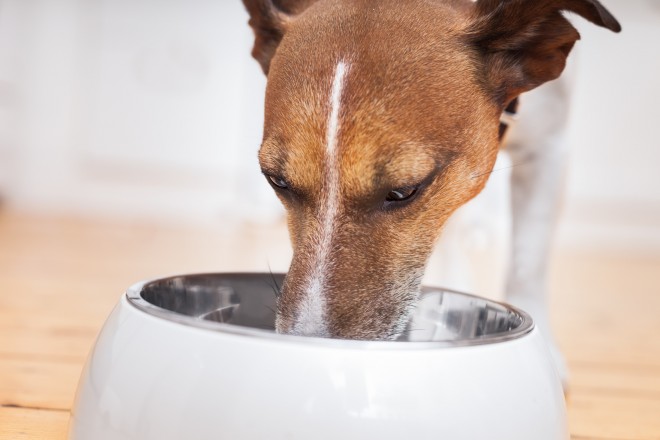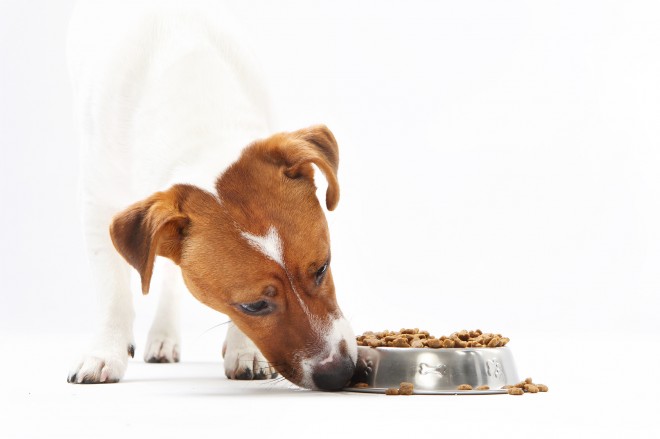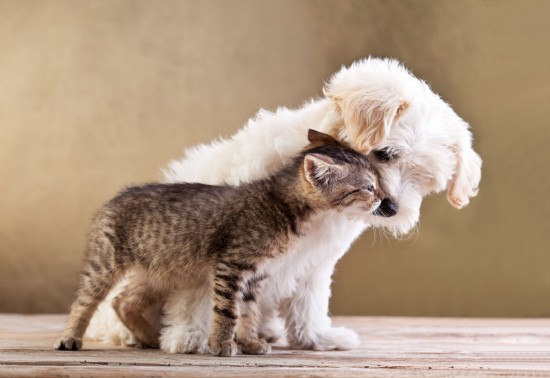
Background
Alpaca抯 originally came from South America where they were found in areas like Chile, Bolivia, and Peru. However, they were first domesticated by Native American people in the Andean Mountain region of South America. They are also one of the six members of the camel family, along with Llamas which they are sometimes confused with. Alpacas are known for their quite temperament and friendly attitude which is why they make great pets.
Alpacas are growing in popularity throughout the U.S. and Canada where they are being raised for their incredibly soft fibre, meat, as pets and for breeding. The main markets in Canada are for their fibre and breeding market, other than in Peru there really isn抰 much of a meat market for them yet.
Setting up a facility
Before I get into the actual requirements of a facility I want to start off by saying that getting into the Alpaca business can get quite expensive. Alpacas themselves can cost anywhere from $500 US dollars all the way up to $25,000 for an award winning female. After that you have your fencing costs, barn costs, vet cost, feed, shipping, electricity and I抦 sure there is more I am not thinking of right now. If you抮e prepared to set aside at least $10,000 off the start then lets continue.
Alpacas are relatively easy to keep contained as they usually have a good respect for fences. Maybe famers have had great success keeping their animals contained in a similar style of fencing that they use for sheep. Even as low as a four foot high fence has been used to keep them contained. However, remember if they ever become frightened or anxious that some will be able to jump a fence this high. I recommend a fence that is four or five feet high with an additional strand or two of electric wire across the top. Never use barbed or serrated wire as this can cause their fleece to become entangled and might even kill them.
They will require at least 1 acre of land for 4-6 alpacas depending on the quality of forage. They should always have access to fresh water and good quality hay as well. The last thing to include when setting up a facility is to make sure they have at least a 3 sided shelter to block the wind and if you抮e in an area where it snows it should be fully enclosed. They are able to live outdoors all year round but to ensure your investment I would recommend taking these extra precautions.
Selecting a Breed
Now that your facility is set up you are ready to start selecting your alpacas. The first major decision will be to select either a Suri or Huacaya. Suri Alpacas aren抰 as common because they are a little more rare and harder to find. It is believed that only %5 of alpacas is of the Suri breed. Their fibre is a long silky fibre that grows down from the body and looks like dread locks hanging. Because their fibre is in dreadlocks that hang down it may be a bit more labour intensive to keep it clean for shearing. The Huacaya breed is more common and most alpaca farms in Canada farm this breed. They are very similar in looks except their fibre is a thick dense fleece growing perpendicularly from the body. A good Huacaya alpaca will have fleece that is shiny and a very distinct crimp in the blanket area of their body (stomach/side).
Once you have decided the breed you will want to start looking for your first alpaca. First you will want to inspect the animal to make sure it抯 in good physical fitness and overall looks healthy. Next you will want to ask for its registration papers (if it is registered), this way you can check its pedigree and parents health record. If using the animal for fibre than you are going to want to see the micron testing to see exactly how soft it is. If that is not available than feel it for softness, crimp and density, however for someone new to alpacas it may be hard to know what to look for. The final major thing to look for will be their confirmation. When standing from behind the alpaca they should have straight legs, not too close together, with toes that point forward as well as a straight backline. Also ask if the animal has ever been bred and what success rates were achieved.
Now that you have got this far you are well on your way into the growing alpaca business. Be sure to look for my next article about breeding and sheering.
 Six Ways To Tell If Your Dog Food Is Worth The Price You Pay
Six Ways To Tell
Six Ways To Tell If Your Dog Food Is Worth The Price You Pay
Six Ways To Tell
 What Makes A Dog Become Food Aggressive?
What Makes A Dog
What Makes A Dog Become Food Aggressive?
What Makes A Dog
 Eight Misleading Myths That Can Lead To Reluctance To Spay Or Neuter
Eight Misleading
Eight Misleading Myths That Can Lead To Reluctance To Spay Or Neuter
Eight Misleading
 Help! My Dog Smells Terrible!
Help! My Dog Smel
Help! My Dog Smells Terrible!
Help! My Dog Smel
 Looking after your dog with a walk
Looking after your dog with a walk
Dog walki
Looking after your dog with a walk
Looking after your dog with a walk
Dog walki
Copyright © 2005-2016 Pet Information All Rights Reserved
Contact us: www162date@outlook.com